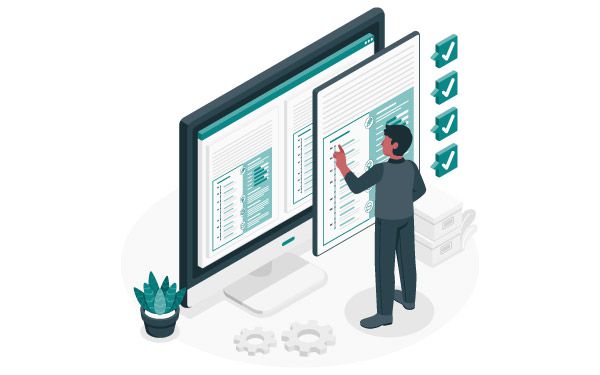Tool Every Regulatory Publisher is Using in 2025

In 2025, the regulatory landscape in life sciences continues to evolve at an accelerated pace. With increasing pressure to meet complex submission standards, tighter deadlines, and ever-changing regional requirements (from the FDA to the EMA), regulatory publishers are turning to smarter, more efficient solutions. One of the most transformative shifts? The widespread adoption of regulatory publishing automation tools.
Let’s explore how automation is reshaping regulatory publishing and why virtually every regulatory publisher is now relying on advanced publishing software to keep up.
The New Reality of Regulatory Publishing
Regulatory publishing is no longer just about assembling documents and submitting them on time. It’s now a high-stakes, quality-driven function that demands precision, speed, and compliance. For pharmaceutical and biotech companies, even minor errors in submission formatting or document lifecycle handling can delay approvals – or worse, result in rejections.
Here’s where automation comes in.
Why Automation is the Game-Changer
Modern document publishing software offers much more than just file conversion or PDF generation. It enables a complete rethinking of the publishing process, from authoring to final submission. Here’s what today’s top tools provide:
1. eCTD Publishing Made Easy
Whether you’re working with eCTD, NeeS, or other region-specific formats, automation tools streamline the Electronic Common Technical Document (eCTD) compilation process. Templates are pre-configured for FDA, EMA, and other regional authorities – ensuring that your structure, naming conventions, and folder hierarchies are always in line with current specifications.
2. Automated PDF Publishing & Formatting
Manual PDF publishing is tedious and error-prone. Automation tools handle:
- Bookmarking and hyperlinking
- TOC generation
- Page rotation and resizing
- File optimization for size and accessibility
This document formatting automation saves hours of manual work while maintaining consistency across modules.
3. Built-in QC and Error Detection
With publishing QC automation, documents are automatically validated against regulatory checklists. The software flags common issues – like missing bookmarks, incorrect metadata, or broken links – before submission. This minimizes the back-and-forth with health authorities and prevents delays.
4. Batch Processing and Workflow Optimization
Regulatory teams often work with dozens – or even hundreds – of documents per submission. PDF batch publishing capabilities allow simultaneous processing of multiple documents, significantly accelerating timelines.
Combined with publishing workflow optimization, teams can define step-by-step workflows that automatically assign tasks, track progress, and generate audit trails for compliance.
Integration and Scalability
Modern publishing platforms integrate with existing document management systems (DMS) and regulatory information management systems (RIMS). They support version control, metadata syncing, and user access management, making them ideal for cross-functional teams.
These tools also scale with company growth. Whether you’re submitting a small IND or a full MAA, automation tools adjust to fit the scope.
Compliance Across Regions
One major benefit of automation is built-in support for global regulatory requirements:
- FDA Submission Tools: Compliant with Module 1 requirements, ESG gateway formatting, and technical validation.
- EU Regulatory Compliance: Supports EMA’s electronic submission gateway, eCTD baseline requirements, and xEVMPD integration.
By ensuring cross-region compliance, automation helps life sciences companies expand their reach without adding complexity.
Notable Example: Please+Publish
A good example of a platform streamlining regulatory publishing is Please+Publish. It offers a full suite of capabilities – from automated document processing to real-time publishing status tracking – tailored to the life sciences industry. While not promoting a specific product, it’s worth observing how platforms like this are setting new standards for speed, accuracy, and compliance in 2025.
Final Thoughts
In 2025, regulatory publishing is no longer a back-office function – it’s a strategic enabler. Teams that rely on automation tools are not only faster, but they’re also more accurate, audit-ready, and able to scale submissions across global markets.
If you’re still relying on manual document preparation, it’s time to reconsider. Automation isn’t a luxury anymore – it’s the industry norm.
Get the latest updates from Please+Publish
Recent Blogs
Previous Post
Next Post
CONNECT WITH US

Let's talk about how Please+Publish can help you






